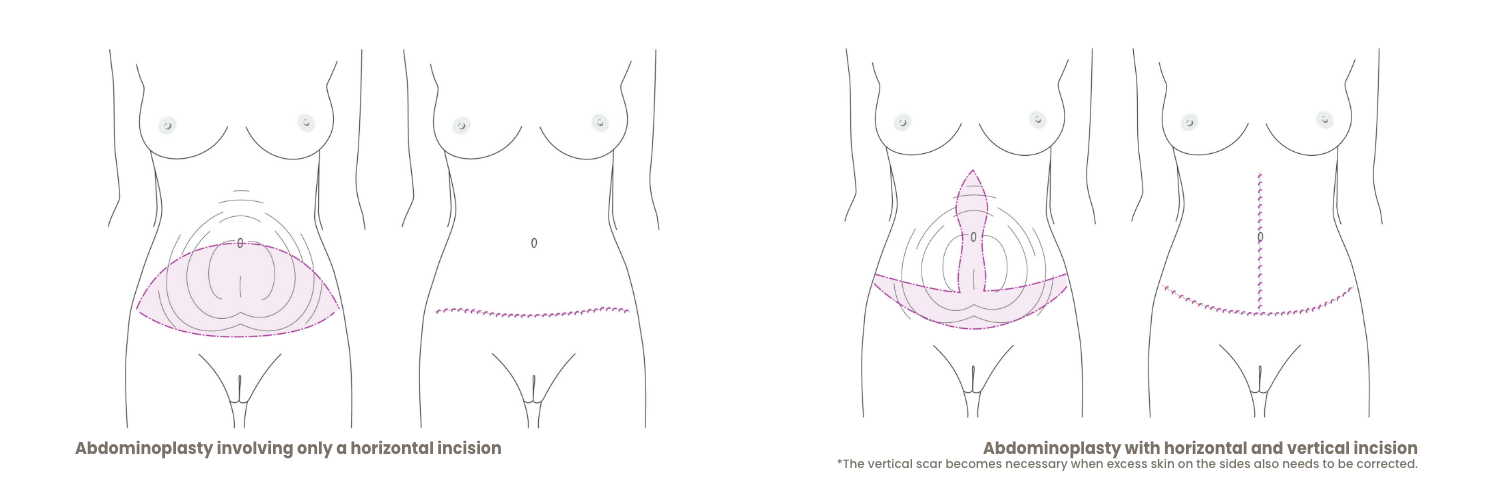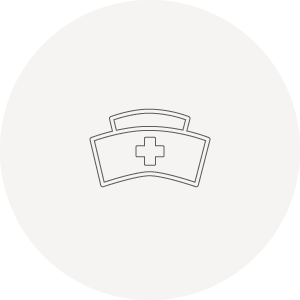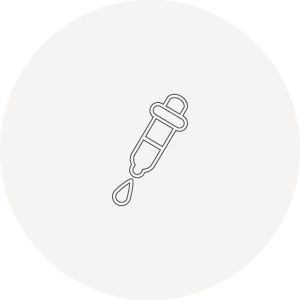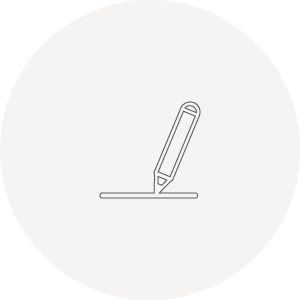Important facts and information about tummy tucks
Most often, a tummy tuck is performed for aesthetic reasons, but there are also a number of medical indications — in these cases, the health insurance covers the costs of the procedure.
Aesthetic reasons include:
- Wrinkled and sagging skin on the abdomen after pregnancy (or pregnancies)
- Wrinkled and sagging skin on the abdomen after weight loss
- Persistent fat deposits in the abdominal area
- Rectus diastasis (under 5 cm)
- Stretch marks
Medical reasons include:
- Massive apron of fat after significant weight loss
- Intertrigo (skin irritation)
- Pronounced rectus diastasis (from 5 cm)
- Abdominal wall hernias
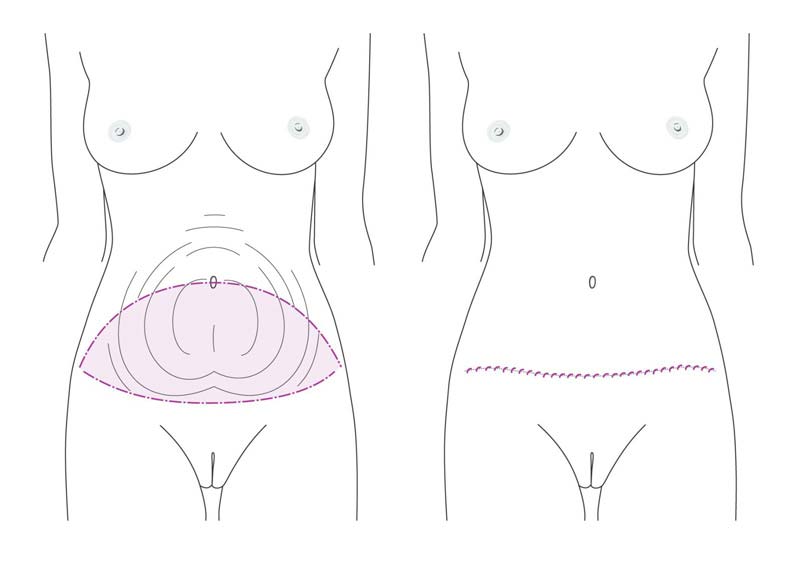
Techniques and scar patterns
Depending on the degree of abdominal wall deformity, the procedure can be performed with varying levels of complexity and with or without additional measures. A distinction is generally made between mini abdominoplasty, midi abdominoplasty, and maxi abdominoplasty, which is also referred to as the “classic abdominoplasty.” The maxi abdominoplasty is performed most frequently because it is very effective and the majority of patients require substantial improvement. During the operation, the skin is lifted from the lower abdomen up to the costal arch and tightened downward, and the resulting excess tissue is removed.
An essential and often necessary addition to a tummy tuck after pregnancies is the correction of rectus diastasis. This refers to the reuniting of the inner edges of the two straight abdominal muscles, which often separate after pregnancy.
To accentuate the waist, further additional measures such as tucks at the muscle fascia and the removal of excess skin through a vertical incision can be performed. Accompanying liposuction can also contribute to improving the overall result.
A tummy tuck should (especially if correction of rectus diastasis is also planned) only be performed after completion of family planning and after reaching a stable target weight.
